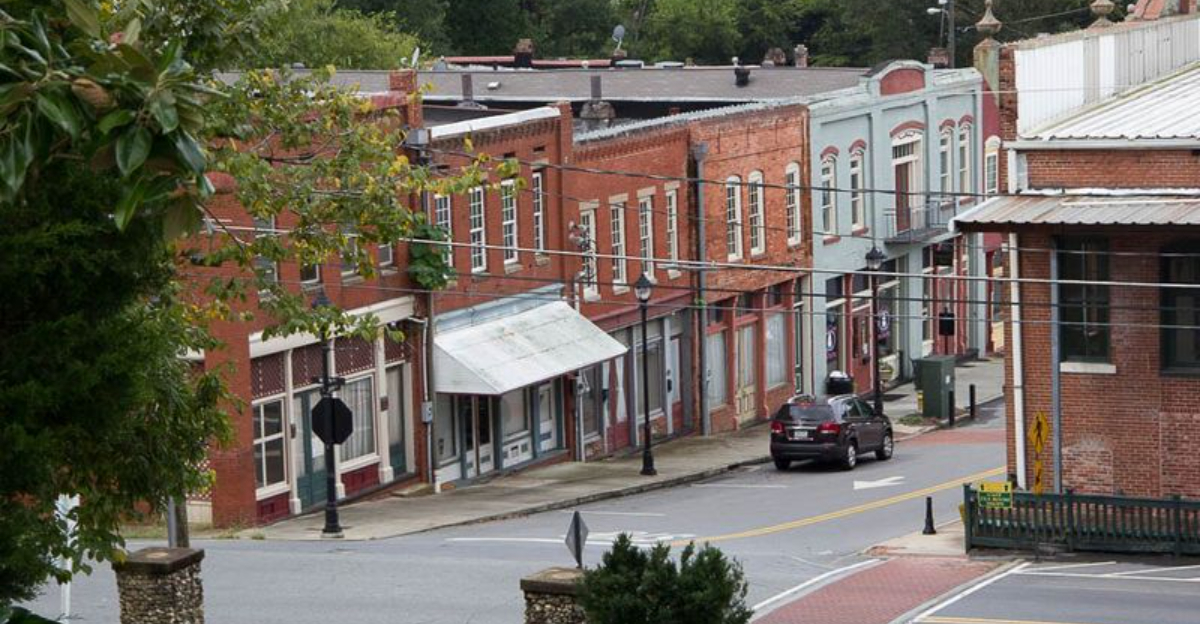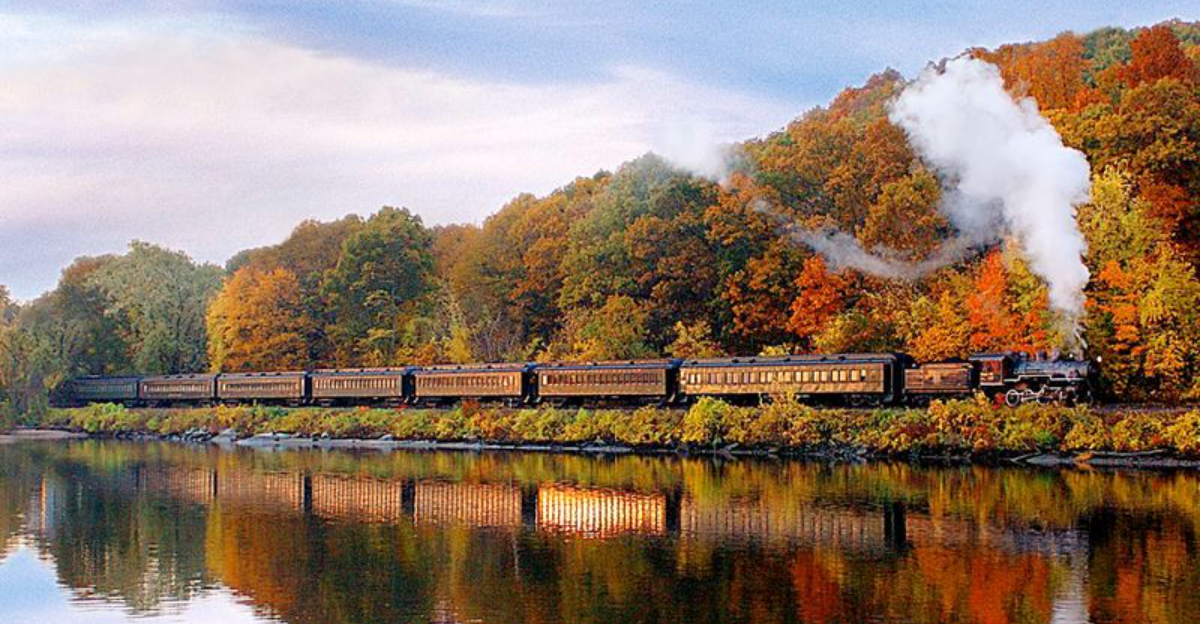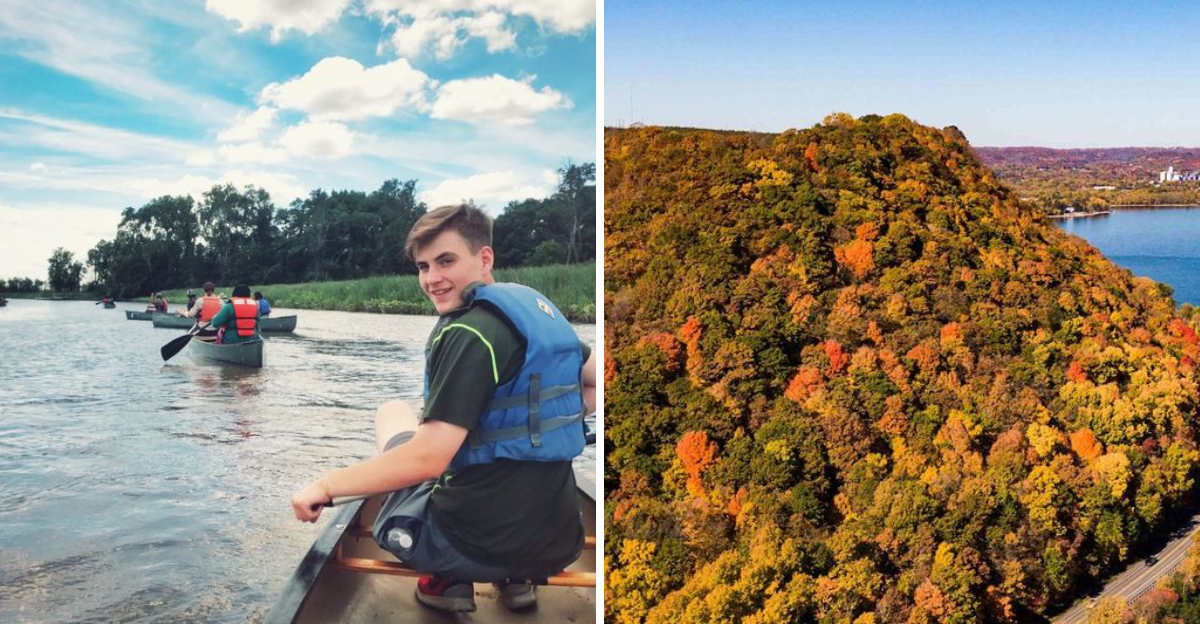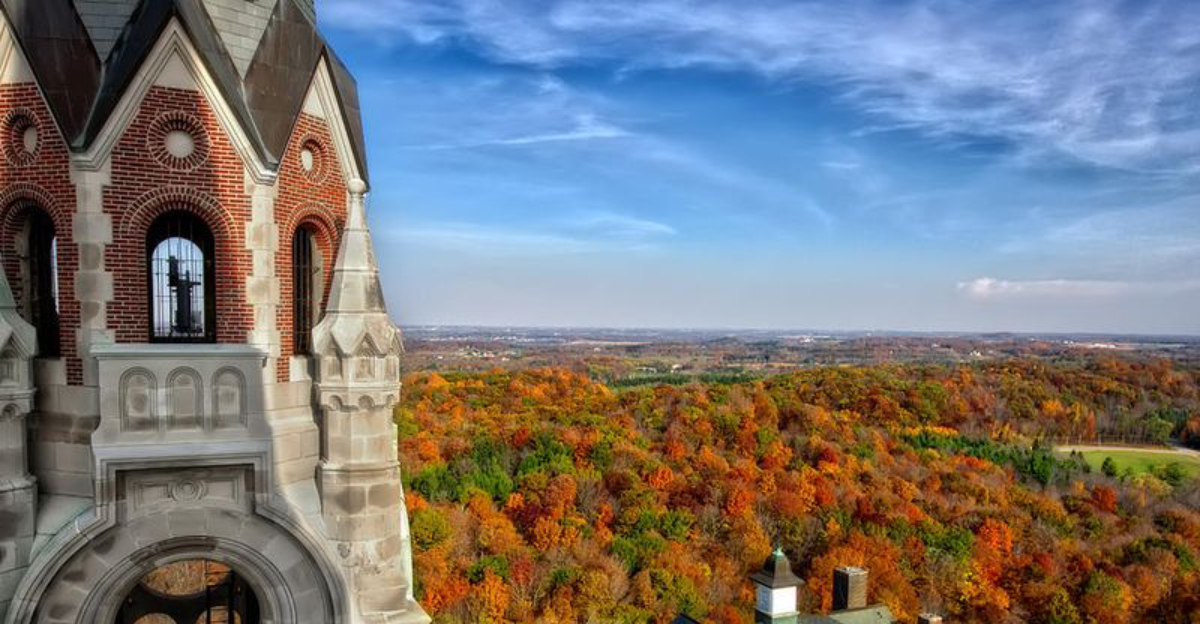13 Former Dream Destinations That Faded From The Spotlight
Remember when certain vacation spots were all the rage?
Everyone wanted to visit them, and travel magazines couldn’t stop raving about their beauty and excitement.
But times change, and some once-famous destinations have quietly slipped from our bucket lists.
Here are 13 places that used to be dream vacation spots but have since faded from the spotlight.
1. Goa, India
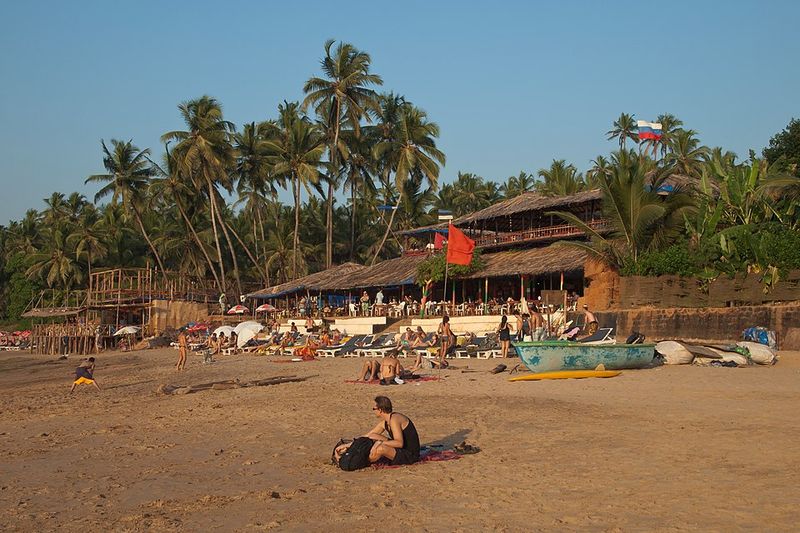
Picture paradise beaches with swaying palms and endless sunshine. That’s what travelers found in this coastal gem during the 1970s and 80s.
Backpackers flocked here for cheap accommodations and legendary beach parties. Over time, overdevelopment and crowding changed the vibe completely.
What was once a peaceful hippie haven became overrun with commercialization. The magic slowly disappeared as resorts replaced simple beach huts.
2. Kashmir, Indian-administered
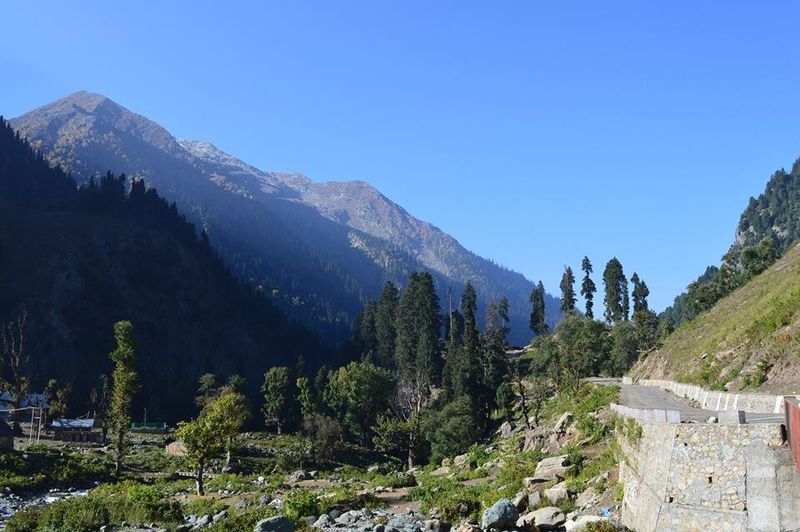
Known as “heaven on earth,” this mountain region once topped every traveler’s wish list. Its stunning valleys and pristine lakes attracted visitors from around the globe.
Political tensions and safety concerns dramatically reduced tourist numbers over the decades. What was once a peaceful retreat became associated with conflict.
Travel agencies stopped promoting it, and families chose safer destinations instead.
3. Varosha, Cyprus
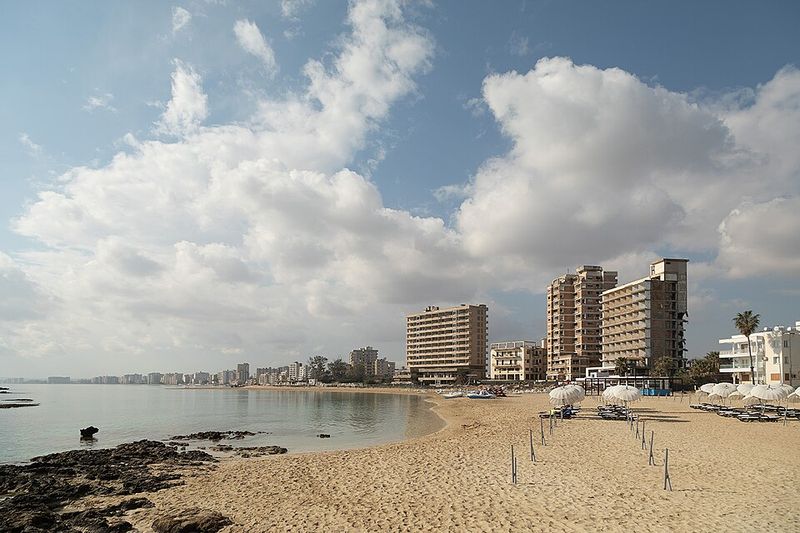
Imagine a glamorous beach resort frozen in time since 1974. Hollywood stars once sunbathed on these golden sands alongside wealthy Europeans.
When conflict erupted, residents fled and never returned to their homes. The entire resort district became a military-controlled ghost town.
High-rise hotels stand empty behind fences, slowly crumbling into ruins. It’s eerily beautiful but completely off-limits to regular tourists.
4. Puerto Williams, Chile’s Remote South
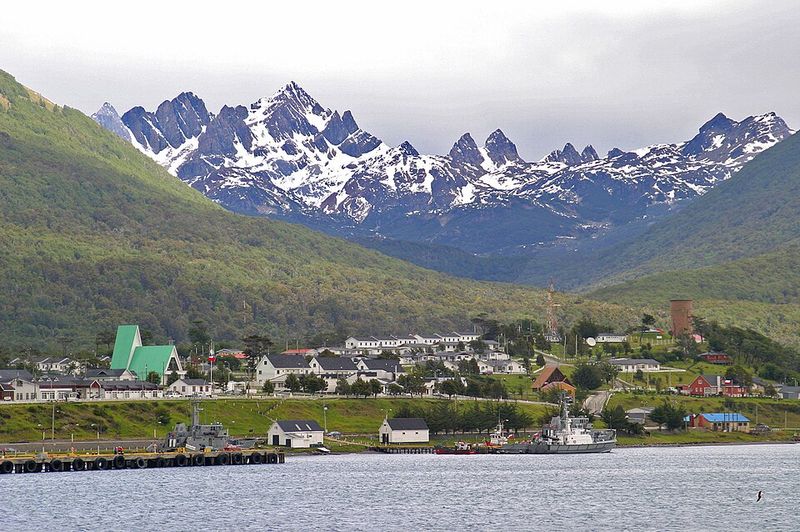
Adventure seekers once dreamed of reaching the world’s southernmost town. This tiny settlement promised rugged wilderness and bragging rights for the boldest travelers.
Getting there required serious commitment and deep pockets for transportation. Harsh weather and limited amenities made visits challenging.
Most travelers now choose more accessible Patagonian destinations instead. The extreme remoteness became more burden than blessing.
5. Mali’s Tourist Sites

Timbuktu was once synonymous with exotic, far-flung adventure. Travelers journeyed across the Sahara to see ancient mosques and legendary libraries.
Security issues and regional instability made Mali too dangerous for casual tourism. UNESCO World Heritage sites now sit empty of foreign visitors.
The mystical allure remains, but safety concerns keep travelers away. Tour operators removed Mali from their itineraries years ago.
6. Azure Window, Gozo, Malta

Giuseppe Milo, licensed under CC BY 3.0. Via Wikimedia Commons.
This stunning natural limestone arch became Malta’s most photographed landmark. Divers and photographers traveled specifically to capture its majestic beauty.
In 2017, a violent storm caused the entire formation to collapse into the sea. Within hours, the iconic arch was gone forever.
You can’t visit what no longer exists, making this a truly vanished destination. Only photographs preserve its former glory now.
7. Pyramiden, Svalbard

Way up in the Arctic, this Soviet mining settlement once housed over a thousand workers. Adventurous tourists began visiting the abandoned town for its eerie, frozen-in-time atmosphere.
Extreme isolation and harsh conditions limit visitor numbers drastically nowadays. Getting there requires expensive boat trips or snowmobile expeditions.
Climate change concerns and polar bear dangers make visits increasingly complicated. Few people bother making the difficult journey anymore.
8. Atlantic City, USA
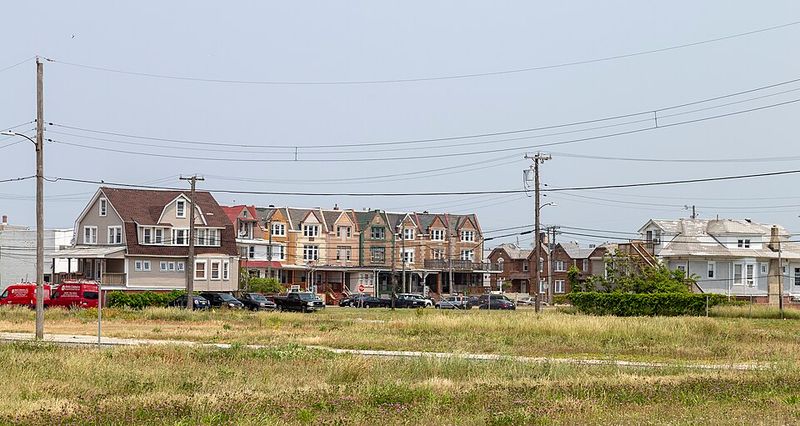
Once called the “Las Vegas of the East Coast,” this seaside resort sparkled with glamorous casinos. Families strolled the famous boardwalk, playing games and eating saltwater taffy.
Competition from other gambling destinations slowly drained visitors away. Several major casinos closed permanently, leaving empty hulking structures.
The boardwalk still stands, but the glory days are clearly behind it now.
9. Bodie, California, USA
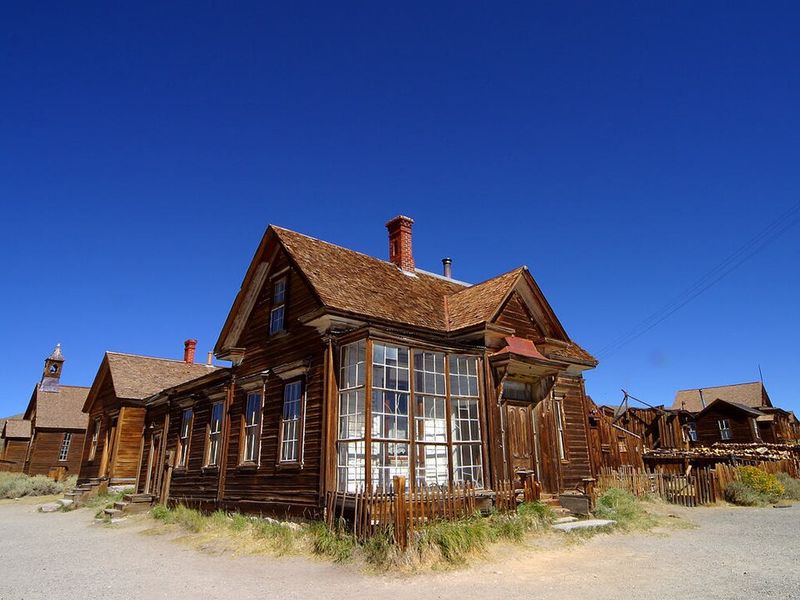
Gold rush fever brought thousands of fortune-seekers to this booming mining town. At its peak, Bodie had saloons, hotels, and a reputation for lawlessness.
When the gold ran out, residents abandoned the town entirely. Today it’s preserved as a state park, but tourism has declined recently.
Remote location and harsh weather keep visitor numbers relatively low now. It’s fascinating history, but few travelers make the trek anymore.
10. Chacaltaya, Bolivia

Believe it or not, this was once the world’s highest ski resort. Thrill-seekers traveled to Bolivia specifically to ski at 17,000 feet elevation.
Climate change melted the glacier completely by 2009, ending skiing forever. The ski lift still stands uselessly over bare rock and dirt.
You can visit the site, but there’s literally nothing to ski on anymore. It’s a sobering reminder of environmental change.
11. Tskaltubo, Georgia
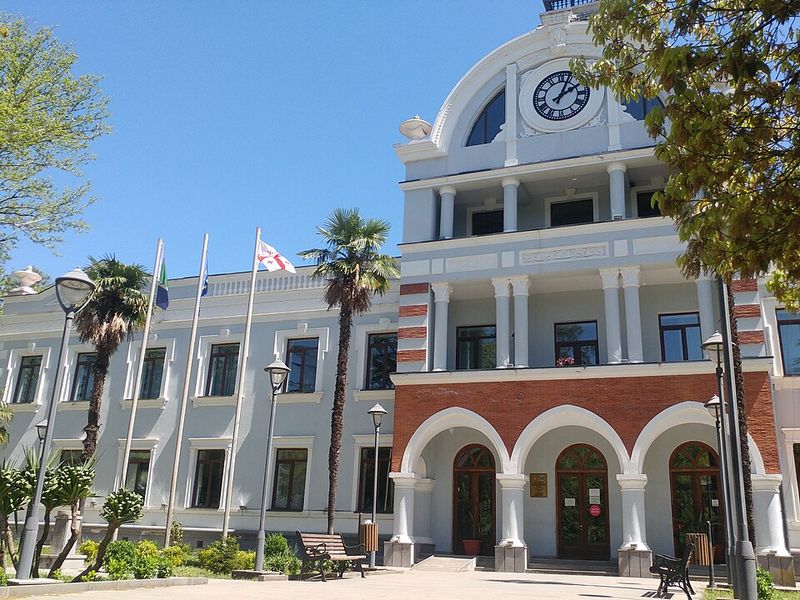
Soviet leaders once relaxed at this luxurious spa town famous for healing mineral waters. Grand bathhouses and sanatoriums hosted thousands of visitors seeking therapeutic treatments.
After the USSR collapsed, the spa industry crumbled almost immediately. Beautiful buildings now stand empty, covered in peeling paint and overgrown vegetation.
Some efforts to revive tourism exist, but Tskaltubo remains largely forgotten. Urban explorers visit occasionally to photograph the decay.
12. San Francisco, USA

Cable cars, the Golden Gate Bridge, and Victorian houses made this city an American icon. Tourists from everywhere dreamed of visiting this famously charming city.
Recent urban challenges have tarnished its reputation among potential visitors significantly. Many travelers now skip San Francisco entirely on California trips.
Convention bookings have dropped, and some hotels struggle to fill rooms. The city’s tourism glory days seem like distant memory now.
13. Niš and Southern Serbia
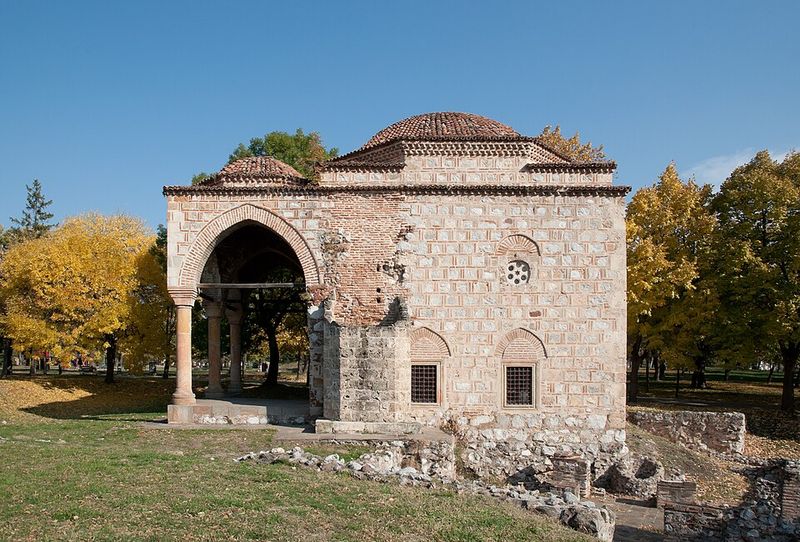
After Yugoslavia broke apart, Serbia tried marketing itself as an emerging tourism destination. Historic sites and affordable prices attracted adventurous budget travelers.
Political complications and negative perceptions kept mainstream tourists away consistently. Neighboring countries like Croatia captured most of the Balkans tourism instead.
Despite genuine attractions, Serbia never achieved its tourism potential fully. Most travelers still overlook this region when planning European trips.


